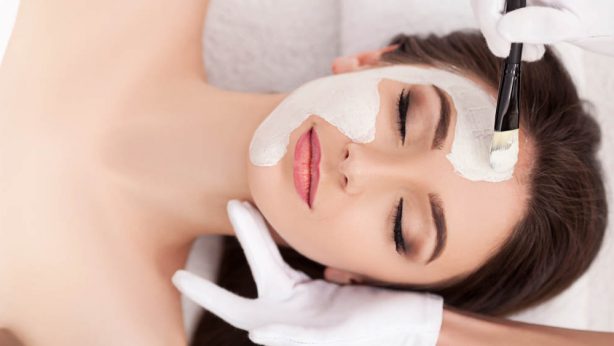How to Balance The Benefits and Risks of Sun Exposure

The benefits of sun exposure are well documented — it’s necessary for boosting vitamin D production and is linked to an array of positive well-being factors, including better sleep, boosting your immune function, and emotional well-being. Just the same, the dangers of it are also well-known, being one of the highest contributors to skin cancer along with prematurely aging your skin. The key, then, is to try to aim for the “sweet spot” between exposure and avoidance, which begs the question — how much is too much?
How to take care of your body’s largest organ
The skin is the body’s largest organ, and it plays a critical role in protecting it from the outside world. It acts as our first line of defense against harmful bacteria, viruses, and other environmental hazards like UV radiation. But that’s not all, as it also helps regulate temperature, keeps the body hydrated and moisturized, and even serves as a sensory receptor for touch. Taking care of your skin and nurturing it is just as important as other organs like your brain, heart, and lungs.
When it comes to the sun, it’s important to remember that not all exposure is harmful. Getting some regular sun on your skin has a wide array of benefits, such as helping to synthesize vitamin D and aiding in mood regulation. However, too much UV radiation can be damaging and increase an individual’s risk of skin cancer. It can also cause premature aging of the skin due to an increased rate of collagen degradation. Sun exposure also has a cumulative effect, which means that you may not notice how drastically it has affected your skin until many years past the original event, which could result in facial wrinkles or liver spots.
How much exposure is enough?
It’s difficult to recommend a specific time interval to spend outside due to competing factors that differ from person to person. For example, researchers in the United Kingdom recommend 10 to 15 minutes per day of sun exposure. However, how does that compare to the Florida sun which has much stronger effects due to being closer to the equator? And then again, how long is too long for darker skin, which has a greater need for sun exposure than lighter skin? What about the clothing you wear, as different fabrics can let different amounts of sun through?
The key, then, is to not place so much emphasis on the amount of time you’re in the sun, but rather symptoms that you may be getting too much. Of course, sunburn and peeling are the most obvious, but there are a host of other potential adverse effects, such as headache, dehydration, dizziness, nausea, and tingling. It’s best to start with no more than a few minutes of exposure per day, and gradually ramp up over time until you find what’s right for you. One potential strategy is also to get a few minutes of complete sun exposure before then applying a high-SPF sunscreen, which will balance the benefits of unmitigated sun exposure while also protecting you throughout the rest of the day.
Working with skincare professionals
One way to ensure that you’re getting the right amount of sun exposure is to work with a skincare professional that can evaluate your individual skin type and lifestyle, then prescribe an appropriate amount of sun exposure. Because there are so many different factors that go into each person’s unique situation, a skincare professional’s expertise can help make sure that you get the most benefit from being in the sun while minimizing any potential harm.
If you have any questions or would like to schedule a consultation for Massage & Wellness Spa in Largo, FL, please reach out to us and we would be glad to assist.



